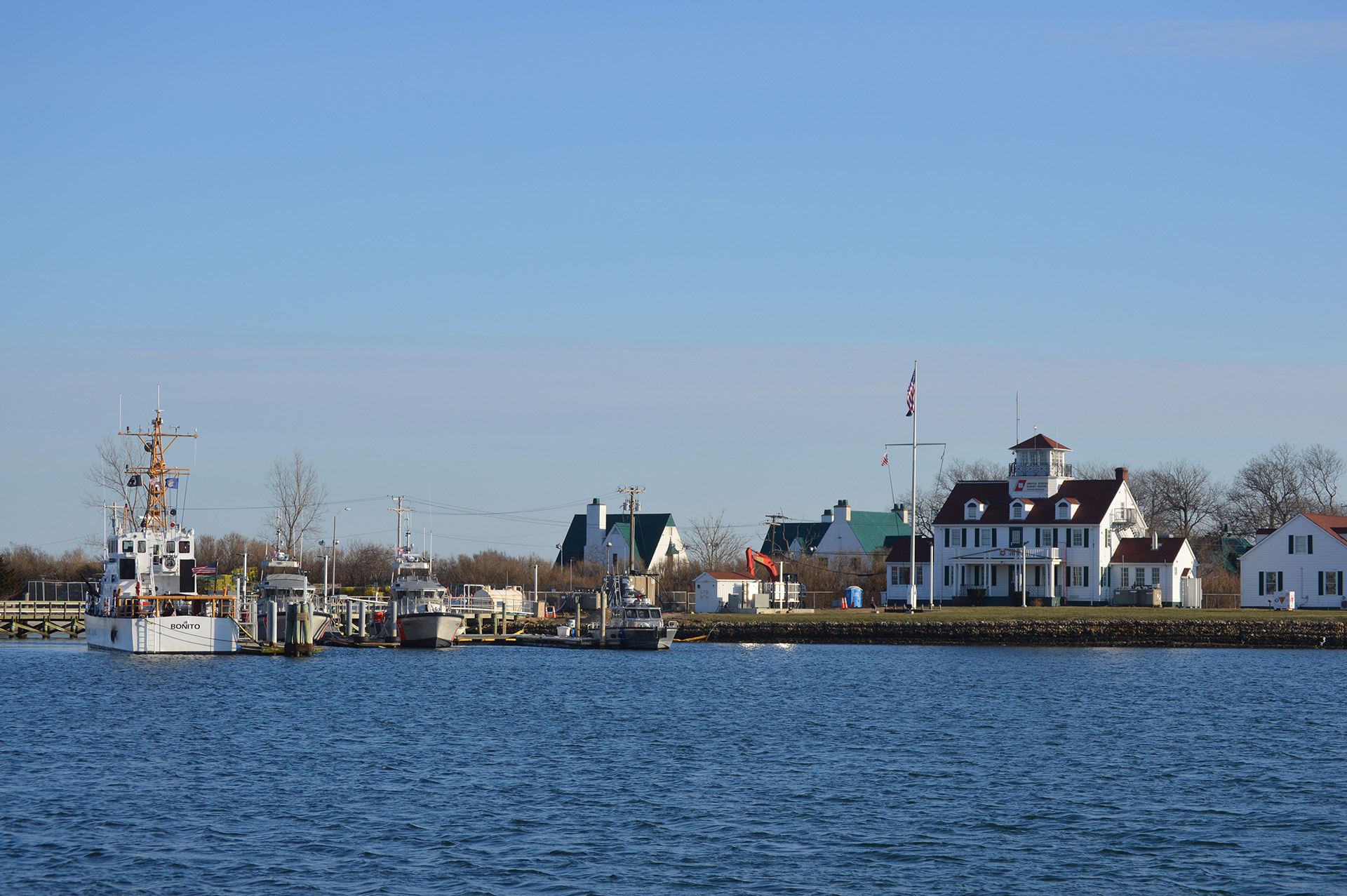Citizens Save Day For Coast Guard

While the elected officials in Washington, D.C., seemingly turned their backs on affected government employees for the duration of the 35-day government shutdown, the communities those workers served did not. The Montauk Coast Guard station on Star Island was a case in point.
“There was overwhelming support,” said Jason Walter, a retired chief officer at the station who now supervises maintenance of the Montauk Point Lighthouse.
Ed Michels, Chief Harbormaster in East Hampton, added, “I have never seen such a phenomenal response.”
Walter served his country for 21 years, rising to the position of senior chief petty officer, until he retired, turning command of the Star Island base over to Senior Chief Petty Officer Eric Best in 2015. Chief Petty Officer Best will be ushering in yet another commander of the base later this year.
Michels managed the base in the late 1980s and early ’90s, before taking command of the Cutter Point Wells in 1993. He retired the following year. The Cutter Point Wells has since been replaced by the 89-foot long Bonito, which operates under separate command from the Star Island base. The Bonito can be away from the base for two or three months at a time, Michels explained.
While the Coast Guard is a branch of the U.S. Armed Forces, it is not funded by the Department of Defense. The Coast Guard is independent of the DOD, because it has to board ships under foreign flags at sea, which could be considered an act of war if initiated by another branch of the military, the former chiefs explained. Instead, the Coast Guard is funded by the Department of Homeland Security, one of the agencies most heavily affected by the shutdown.
Food pantries and private individuals across the East End pitched in with drives for the Coast Guardsmen and women stationed on Star Island, as well as in Shinnecock. “Some people donated food, cooked food for them,” Michels said. “Fire departments, the police departments, the East Hampton Town Board all pitched in.”
Gift cards were the preferred method of getting cash into the hands of those who needed it. On January 23, two days before President Donald Trump ended the shutdown, which he had initiated in a failed effort to obtain funding for a wall at the Mexican border, a chief petty officer was seen at Cirillo’s Market IGA in Amagansett buying dozens of them. As an active member of the Coast Guard, the officer declined to comment, but Walter explained the donation process.
He directed citizens who wanted to help to the Chief Petty Officers Association, a not-for-profit group of active petty officers, which accepted donations on behalf of the men and women of the Coast Guard during the shutdown, then turned the funds over to the station chiefs to be disbursed as needed.
Those stationed in Montauk, either on the base itself, or on the Bonito, tend to live in Springs, with some residing in Montauk, and others, points west, Michels said. They are young, in their 20s and 30s, with some raising families. During the shutdown, money to get to and from the base was at a premium.
Coast Guard operations were also affected. While the Coast Guard continued to send out vessels, routine patrols were curtailed, as was some training. “You can’t get back the training time lost,” Michels said.
Michels was reminded that the shutdown could be reinstated in three weeks, if Congress and the President don’t come to an agreement over the border wall. “I would think they would think hard about doing this again,” Michels said. Walter agreed, saying that he hoped both sides had learned from the experience.
Michels pointed out an irony about that shutdown: while it was ostensibly done to increase the nation’s border security, the very agencies that provide that security were the most heavily affected. “Border patrol, ICE, the TSA, the Coast Guard,” Michels said, shaking his head.
t.e@indyeastend.com



